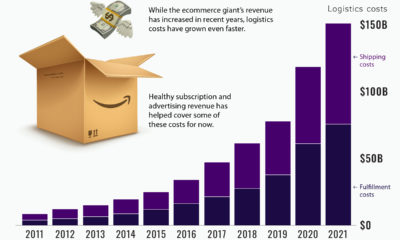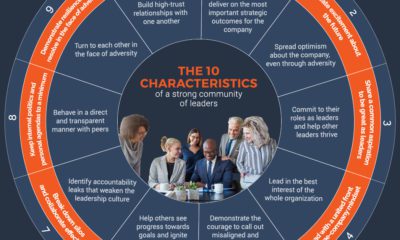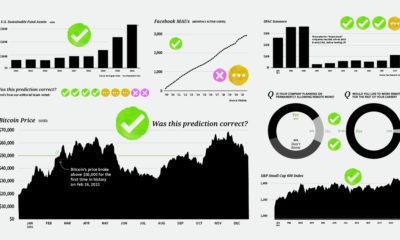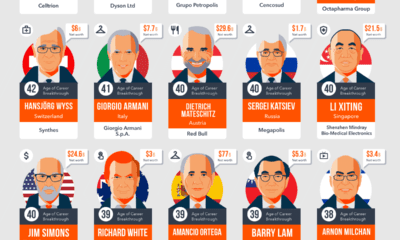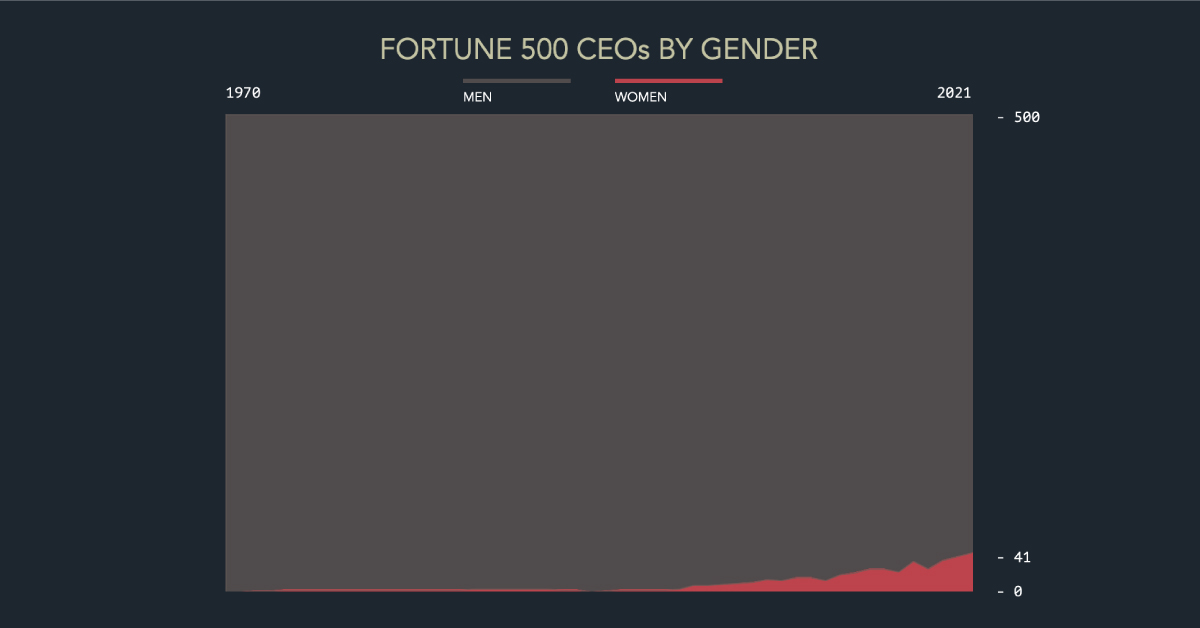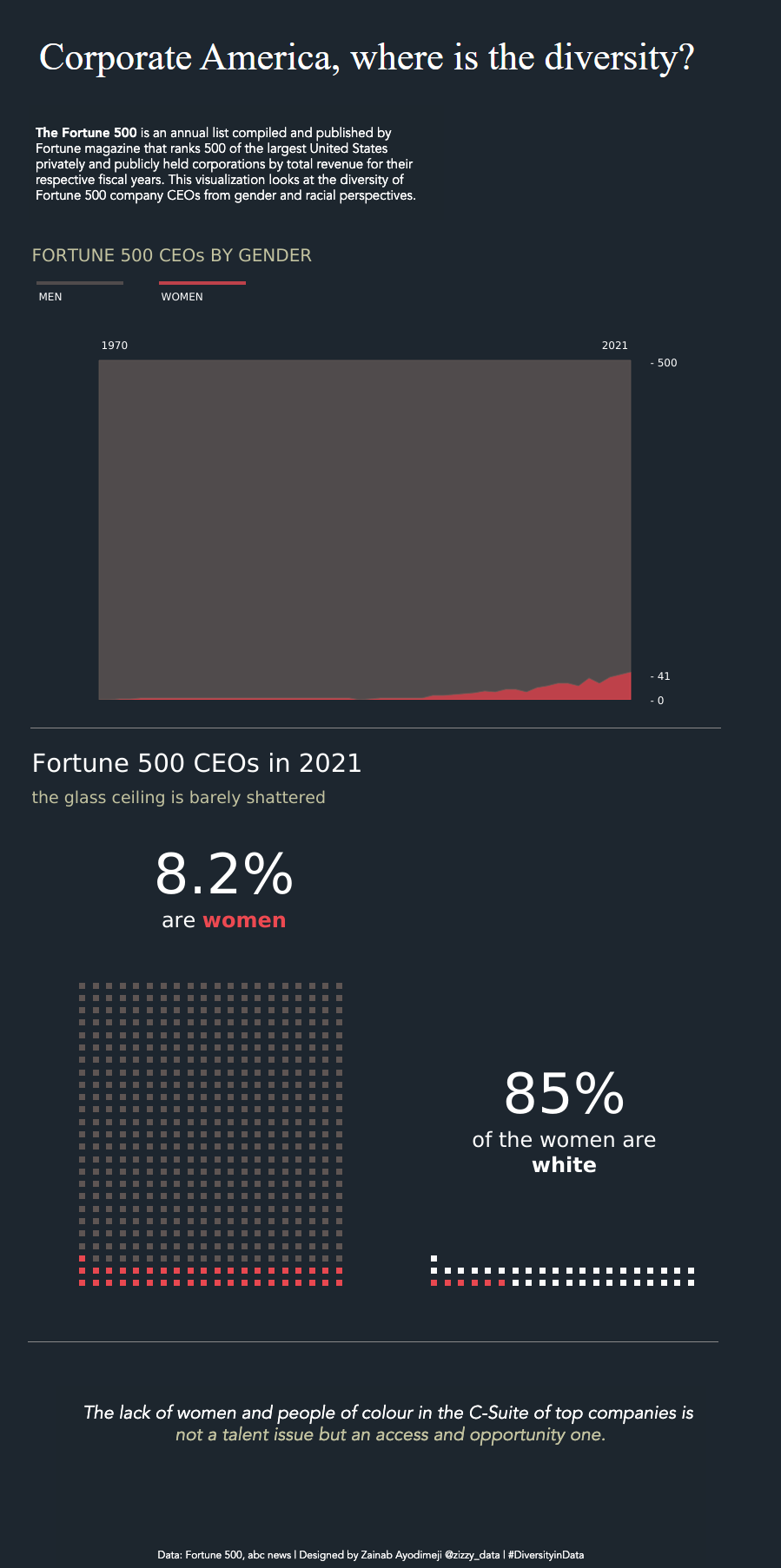Unfortunately, many of them are not equipped with the tools they need to lead under pressure. As a result, they fail to serve themselves and their employees effectively, and put the future of their entire organization at risk.
The Behaviors That Result in Mediocre Leadership
Today’s infographic from Vince Molinaro’s Accountable Leaders reveals the common behaviors that can result in leaders becoming mediocre due to mounting day-to-day pressures.
Order Vince Molinaro’s new book, Accountable Leaders Leadership accountability is one of the most important ingredients for driving business growth and maintaining a healthy corporate culture. How can leaders set the tone for accountability in their organization?
Accountable Leaders Invest in Themselves
Every leader has an obligation to their employees, their customers and their community, but failing to put themselves first could have serious consequences—and cause a ripple effect across other parts of the business. In fact, 40% to 80% of a manager’s time is spent on activities that add little to no value, when the majority of their time should be spent investing in their personal development. By not having a holistic view of their development, leaders succumb to the day-to-day challenges that come with managing a company, such as:
Getting in over their head Confusing acting rough with tough Mistaking effort for results Feeling like the victim Being insecure and unable to use their voice Constantly needing to hear good news Needing to win at all costs Waiting for permission to act from senior leaders Being driven to distraction and lacking focus Not learning from past mistakes
Moreover, if leaders struggle to meet expectations, the risk is that they either give up, or ultimately become a mediocre leader—but what exactly does that look like?
The Characteristics of a Mediocre Leader
Mediocre leadership has become remarkably commonplace, yet it is not always easy for organizations to identify. Here are the five problematic characteristics of a mediocre leader: Leaders cite several reasons for falling into this mediocre leadership trap, including their fear failure, having unclear leadership expectations, and being overloaded with tasks that could be delegated elsewhere.
The Danger of Mediocre Leadership
It comes as no surprise that this style of leadership has a negative impact on employees, with 73% claiming that they spend a significant amount of time dealing with problems that arise from an ineffective manager. However, employees will put up with a mediocre leader because they find the work itself meaningful, or they value the relationship they have with their peers. But while mediocre leaders can bring a team closer together through their collective misery, eventually this reaches a tipping point which could result in a high staff turnover or low rates of employee engagement.
Avoid a Culture of Mediocrity
As we navigate uncertain waters, leaders must not only demonstrate agility and resilience—they must also advocate for a culture of accountability. —Molinaro, Vince (2020), Accountable Leaders. But in order to maintain accountability across an organization, mediocre behavior must be addressed, and difficult decisions will need to be made. on However, it appears corporate America still has a ways to go, particularly when it comes to diverse representation in corporate leadership roles. In 2021, only 8.2% of Fortune 500 CEOs were female. Of those females, 85% of them were white. This graphic by Zainab Ayodimeji highlights the current state of diversity in corporate America, reminding us that there are still significant gender and racial gaps.
Five Decades of Fortune 500 CEOs
Since 1955, Fortune Magazine has released its annual Fortune 500 list that ranks the 500 largest U.S. companies, ranked by total revenue earned each fiscal year. For the first 17 years of its publication, there were no female CEOs on the Fortune 500. Then in 1972, Katharine Graham became CEO of the Washington Post, making her the first-ever female CEO of a Fortune 500 company. Following Graham, a few other women joined the ranks, such as Marion Sandler, co-CEO of Golden West Financial Corporation, and Linda Wachner, CEO of Warnaco Group. But apart from those few outliers, Fortune 500 CEOs remained almost exclusively male for the next few decades. At the turn of the millennium, things started to change. Women-led companies started to appear more frequently on the Fortune 500. Here’s a breakdown that shows the number of women CEOs on the list, from 1999 to 2021: Slowly, women of color started to appear on the list as well. In 1999, Andrea Jung, the CEO of Avon, became the first East Asian female CEO in the Fortune 500. And in 2009, Xerox CEO Ursula Burns was the first Black woman to become CEO of a Fortune 500 company. By 2021, 41 of the Fortune 500 companies were led by women—8.2% of the overall list. While this increasing total is a clear trend, it’s important to note that women make up nearly 50% of the global population, meaning genders are still not equally represented in corporate leadership.
The Financial Benefits of Diverse Workplaces
Along with the number of societal and cultural benefits that come with a diverse workplace, research indicates that diversity can also be financially beneficial to corporations, and enhance a company’s bottom line. A study by the Council of Foreign Relations found that gender equality in the workforce could add up to $28 trillion in global GDP. According to the Council of Foreign Relations, a number of policy changes are needed to help close the gender gap in the workforce, such as legislation to promote women’s access to capital and financial services, or tax credits for childcare support.



